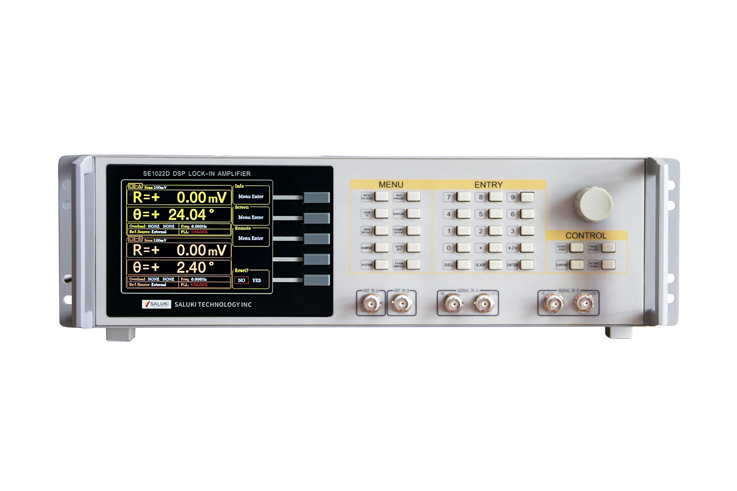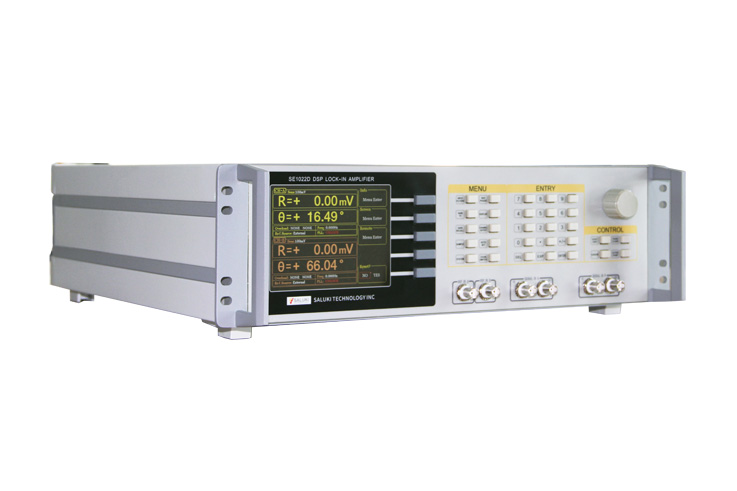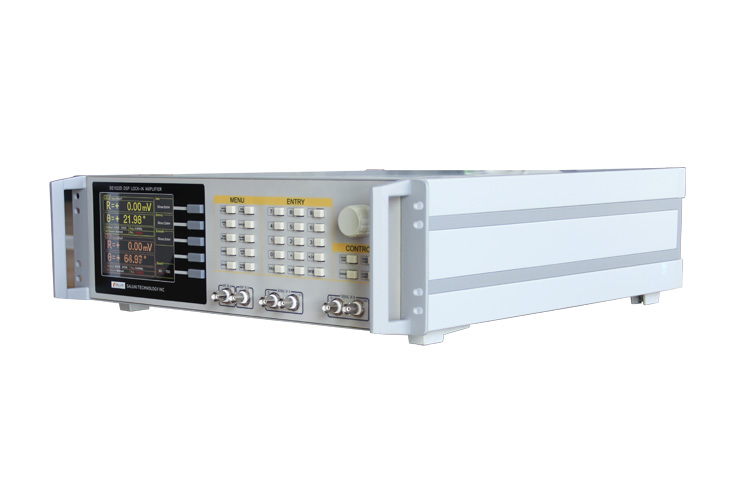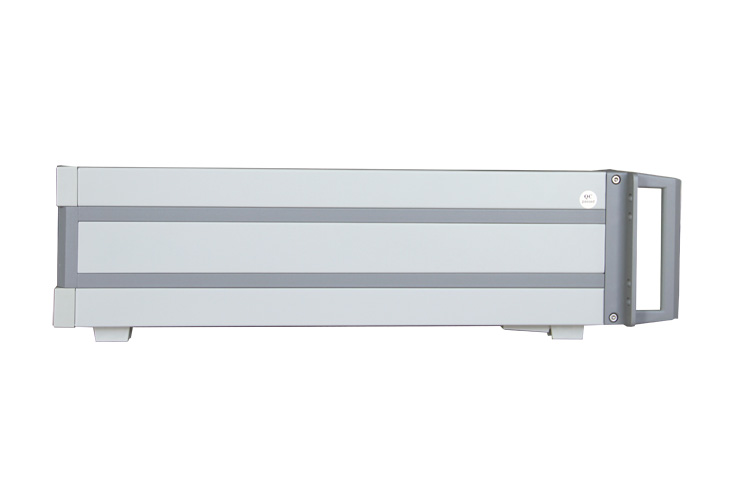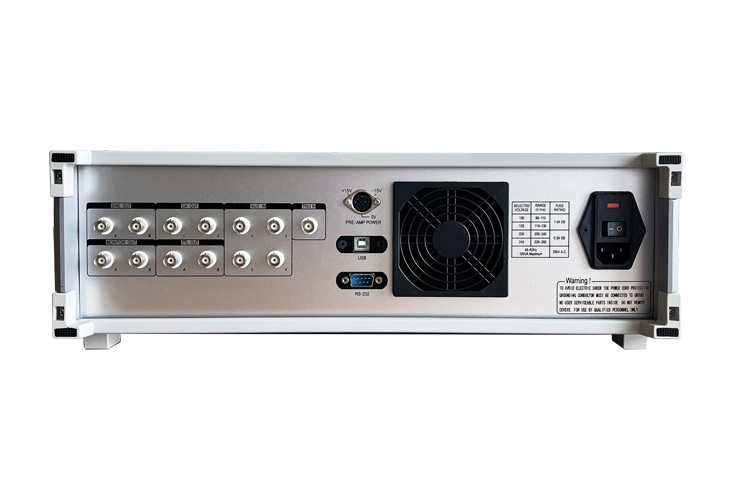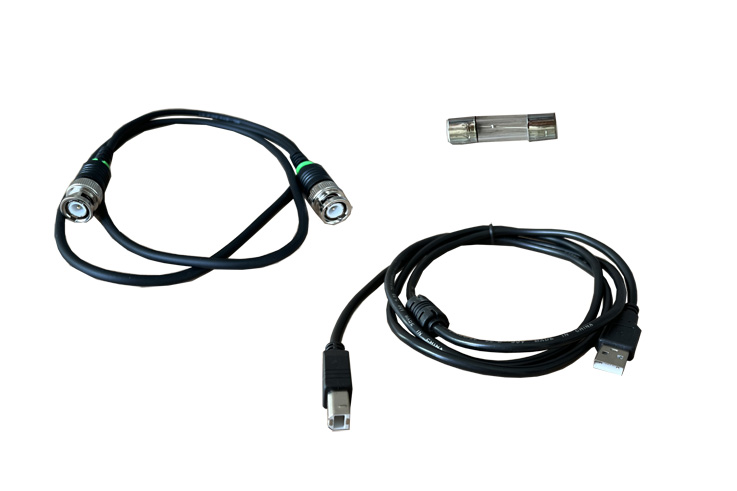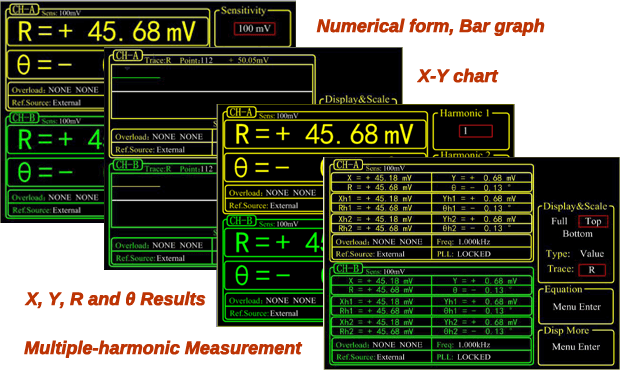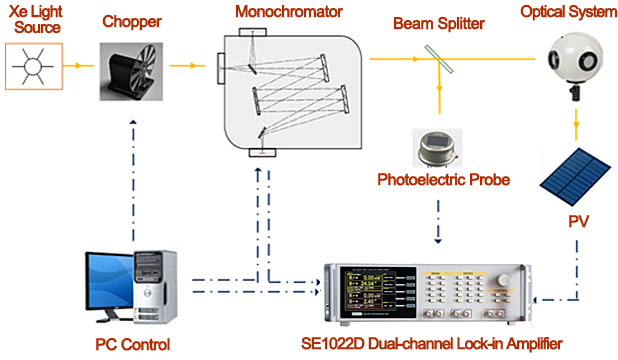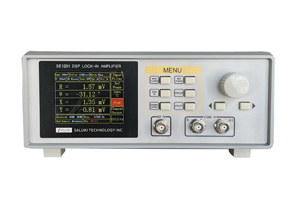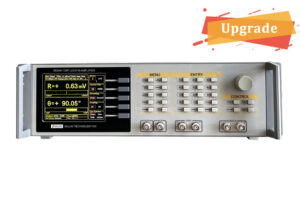SE1022D Digital Lock-in Amplifier provides an excellent performance within its bandwidth from 1 mHz to 102 kHz. More importantly, SE1022D has dual independent input channels and dual independent high precision signal generators. Each input channel and signal generator can be used independently which means that the SE1022D is equivalent to two traditional lock-in amplifiers. Moreover, due to the twin symmetrical design, the two independent input channels and signal generators have ultra-high synchronicity, which meets the measurement requirements demanding extremely high synchronization.
SE1022D Unit Price: US$9,124.00



